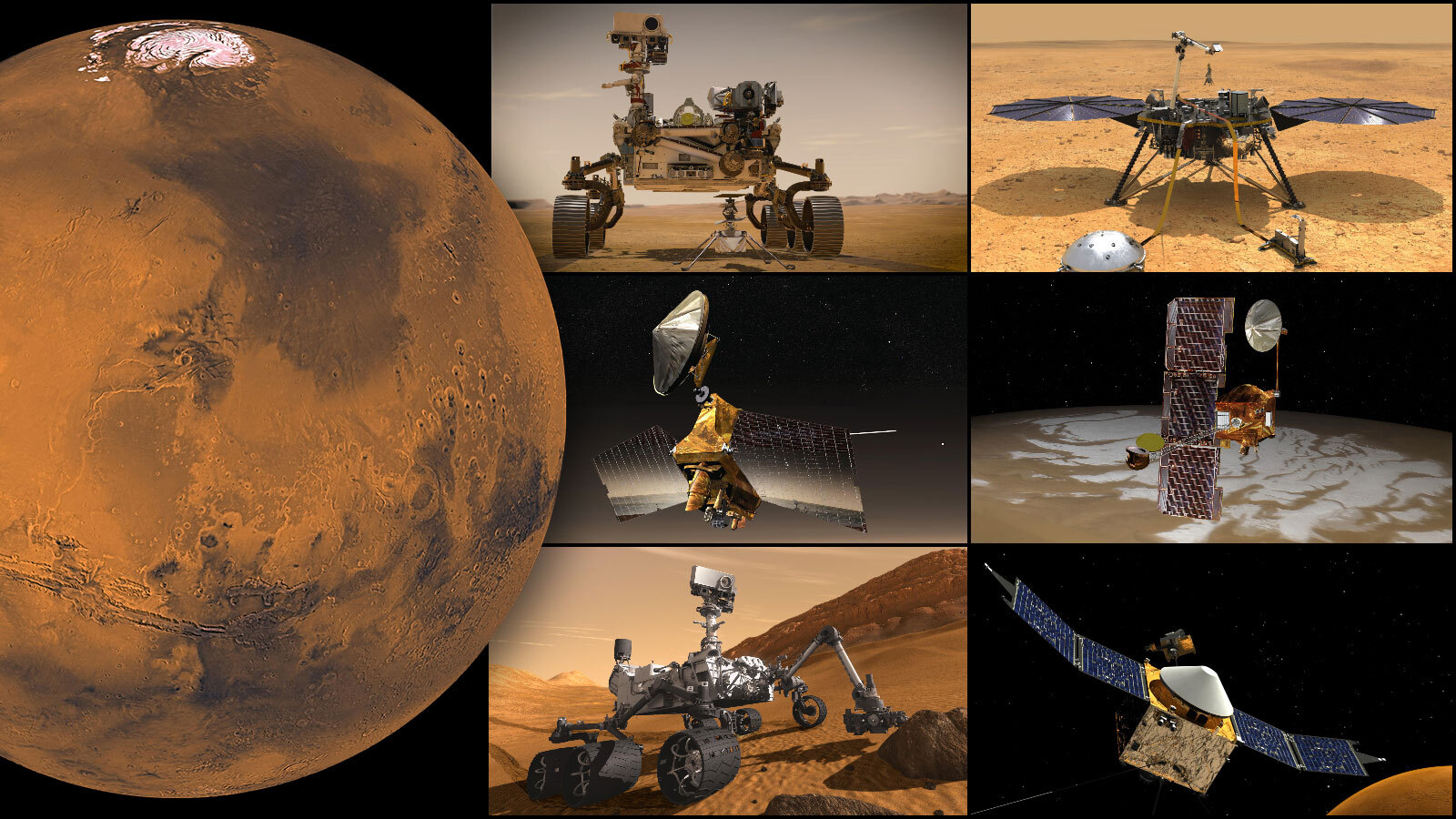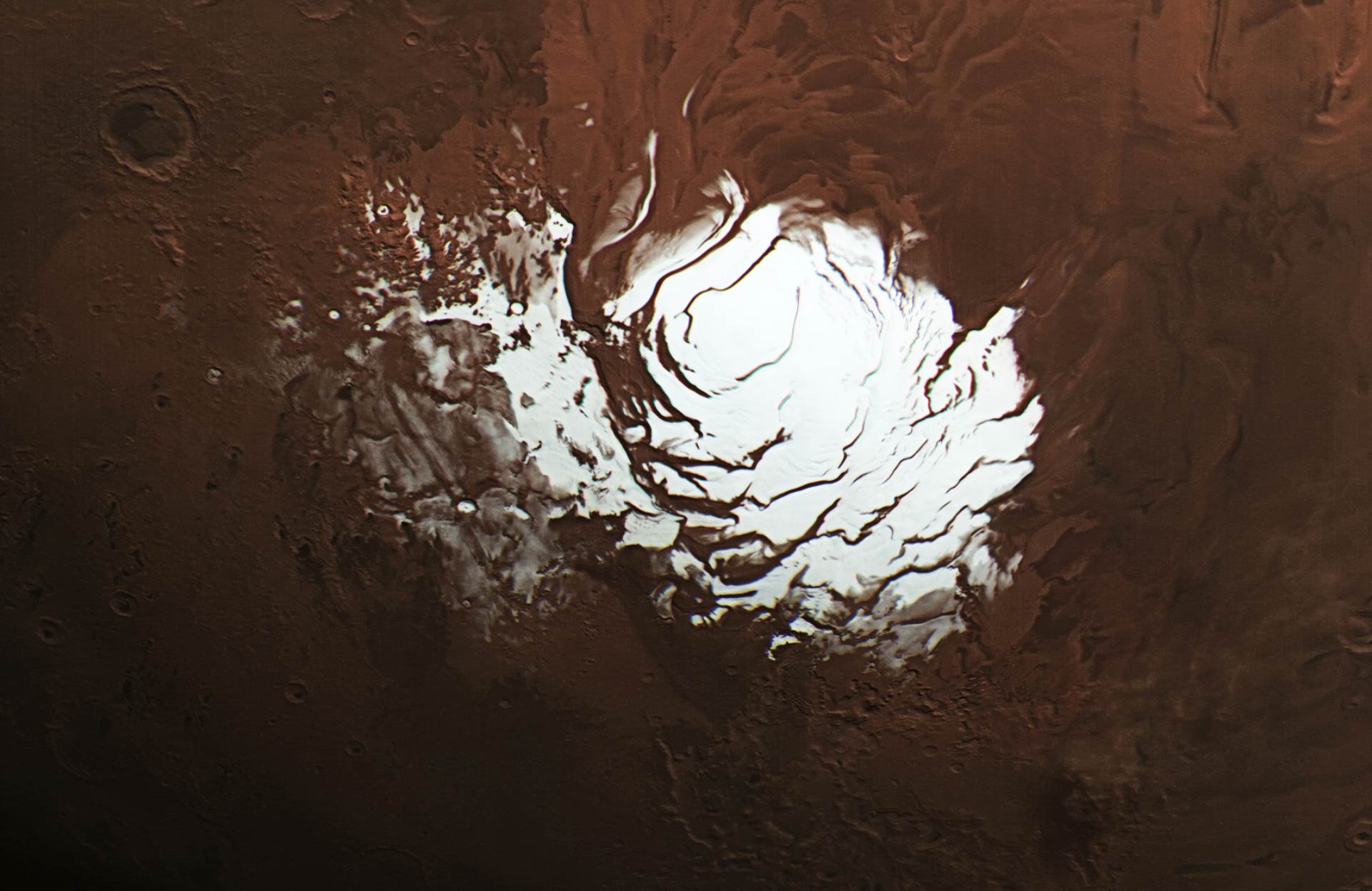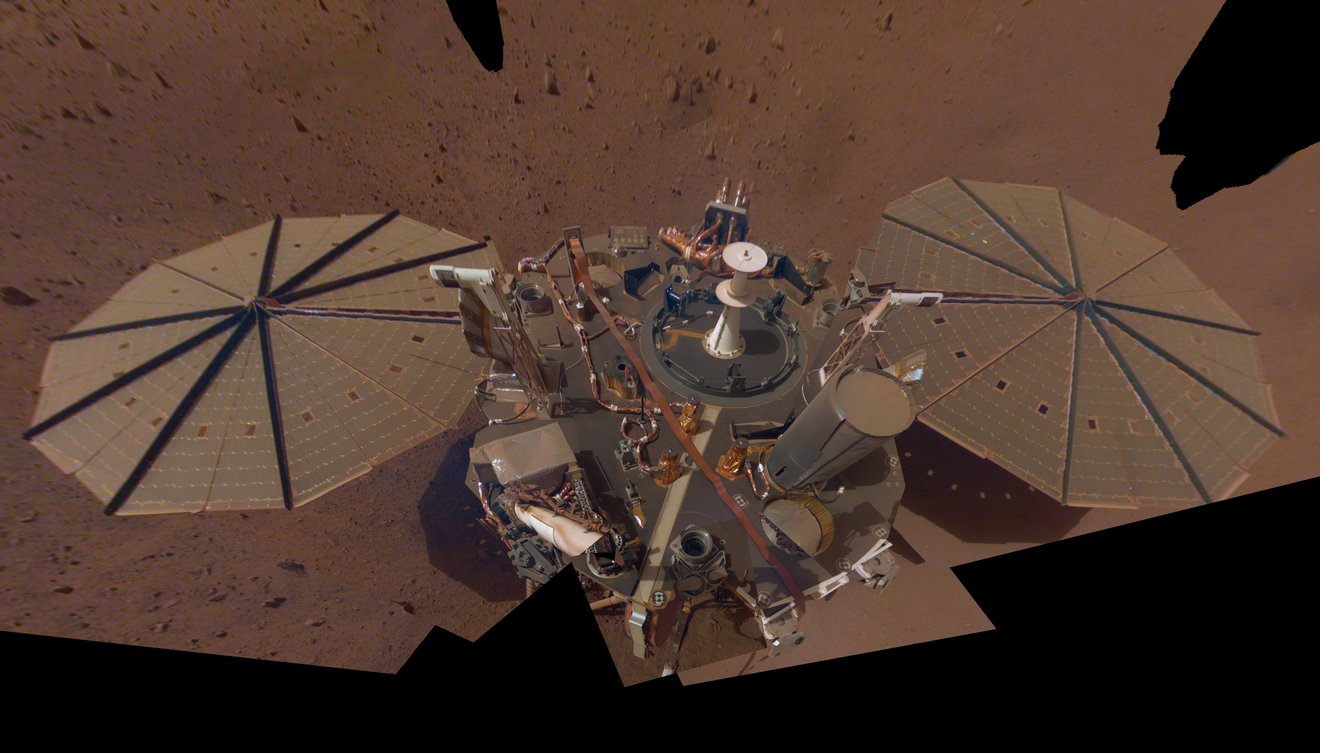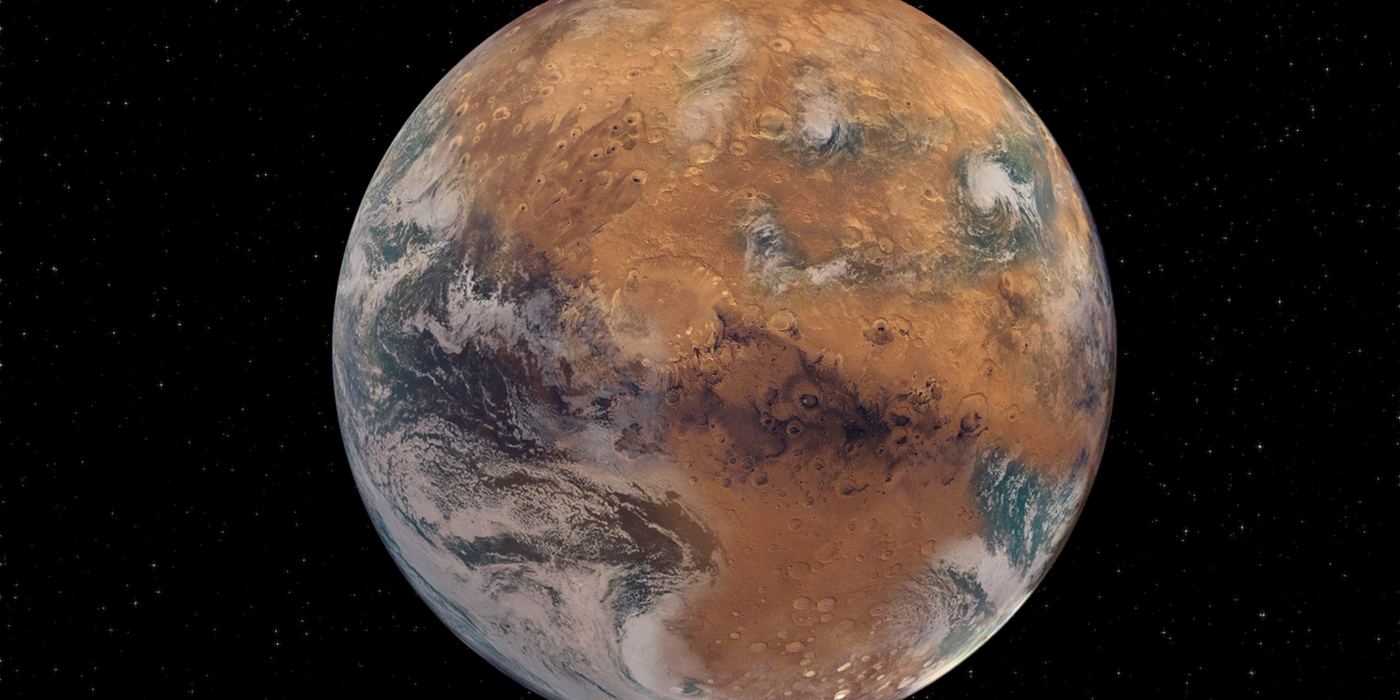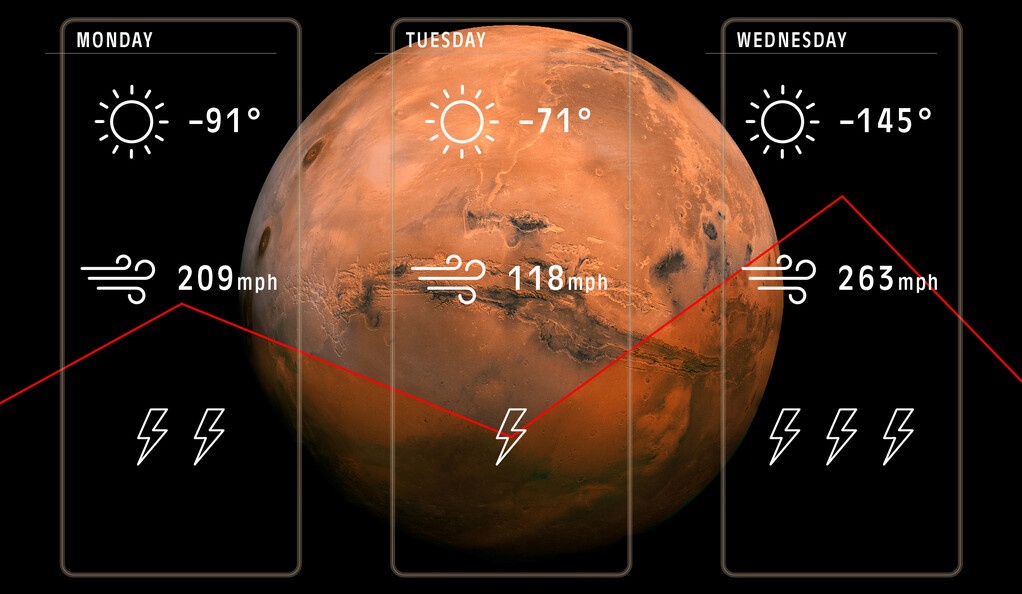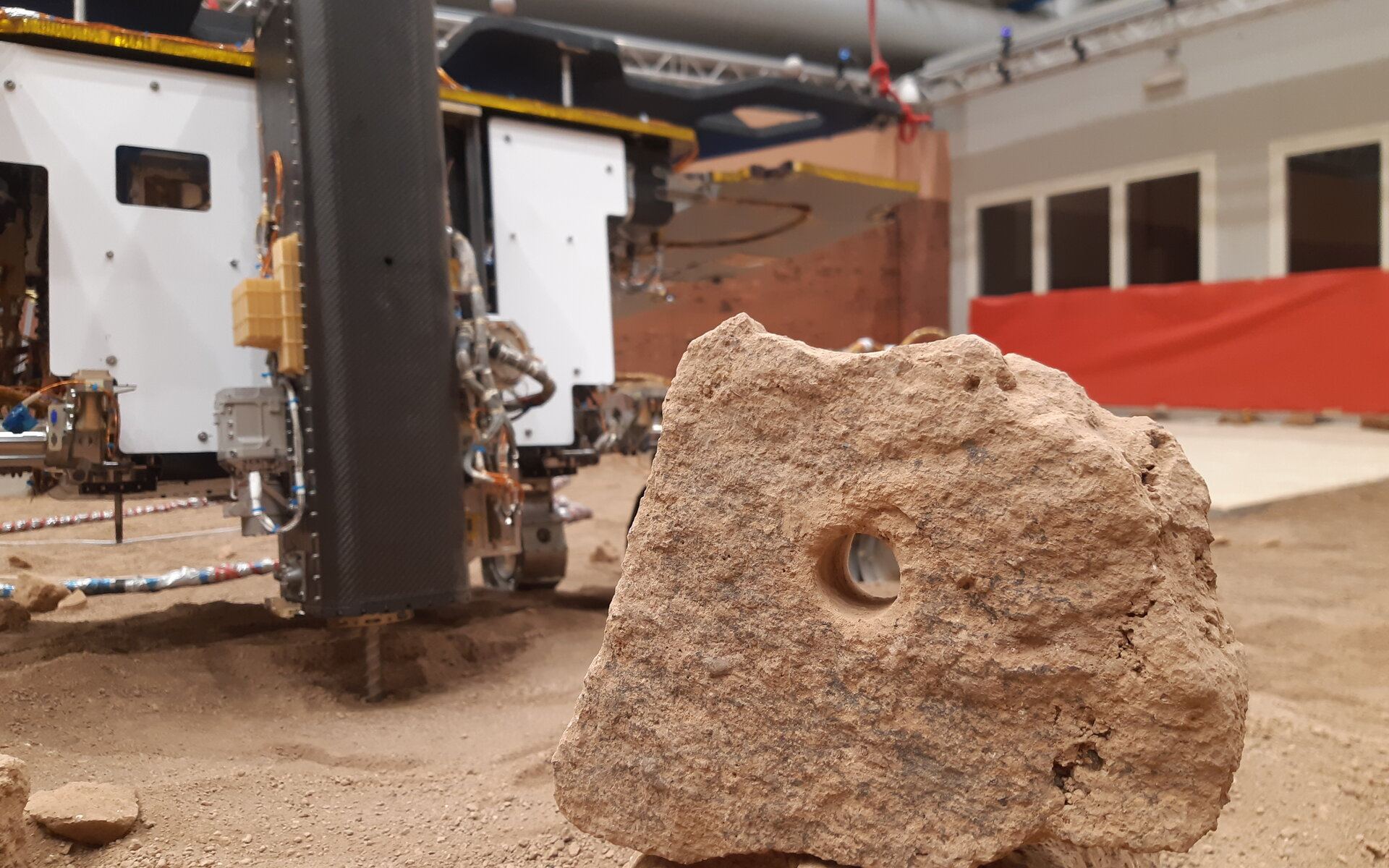Every two years, Mars enters what is known as a “Solar Conjunction,” where its orbit takes it behind the Sun relative to Earth. During these periods, the hot plasma regularly expelled by the Sun’s corona can cause interference with radio signals transmitted between Earth and Mars. To avoid signal corruption and the unexpected behaviors that could result, NASA and other space agencies declare a moratorium on communications for two weeks.
What this means is that between Oct. 2nd and Oct. 16th, all of NASA’s Mars missions will experiencing what is known as a “commanding moratorium.” This will consist of NASA sending a series of simple commands to its missions in orbit, which will then be dispatched to landers and rovers on the surface. These simple tasks will keep all of the robotic Martian explorers busy until regular communications can be established.
Continue reading “Communication With Mars is About to Become Impossible (for two Weeks)”
